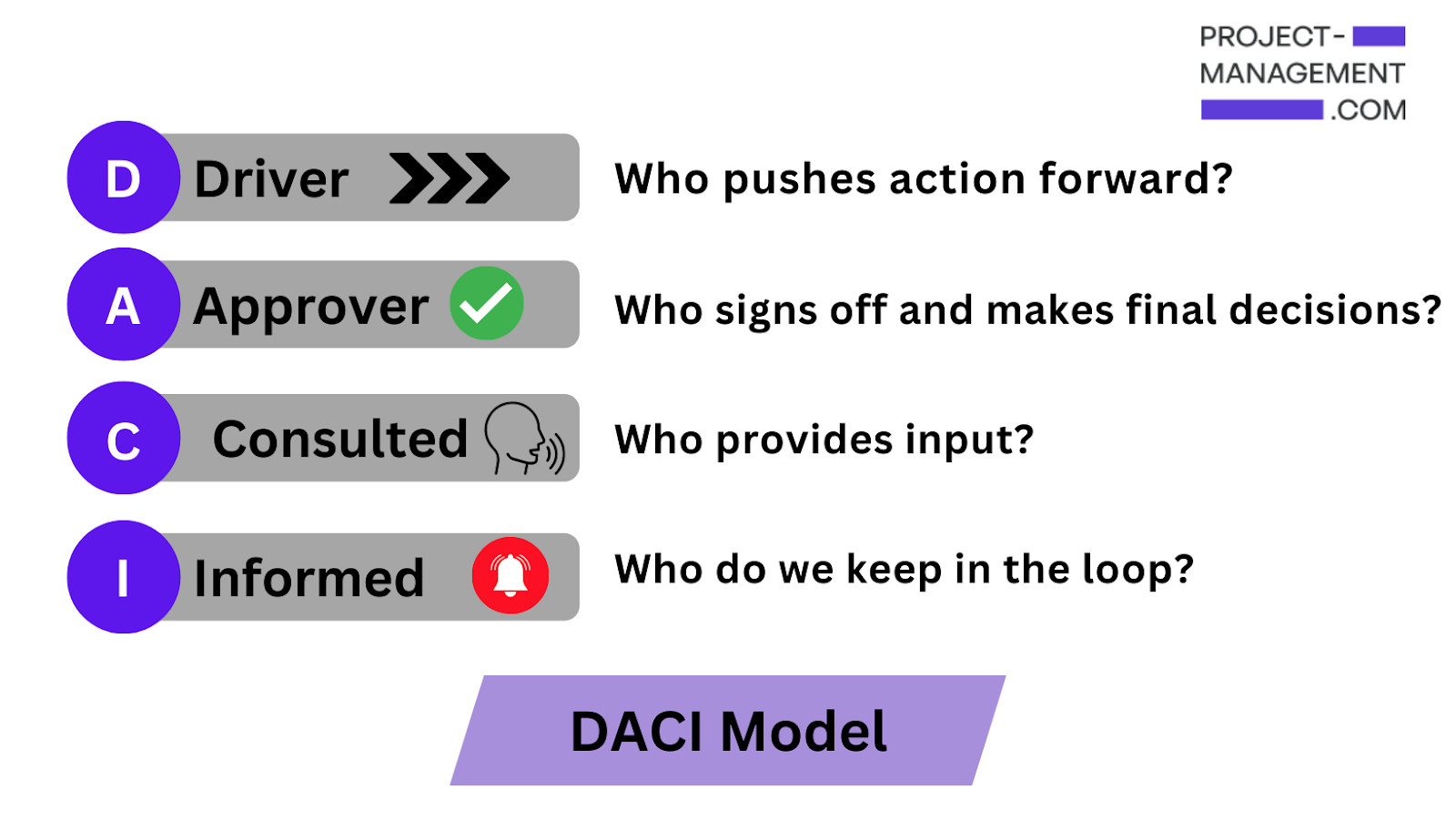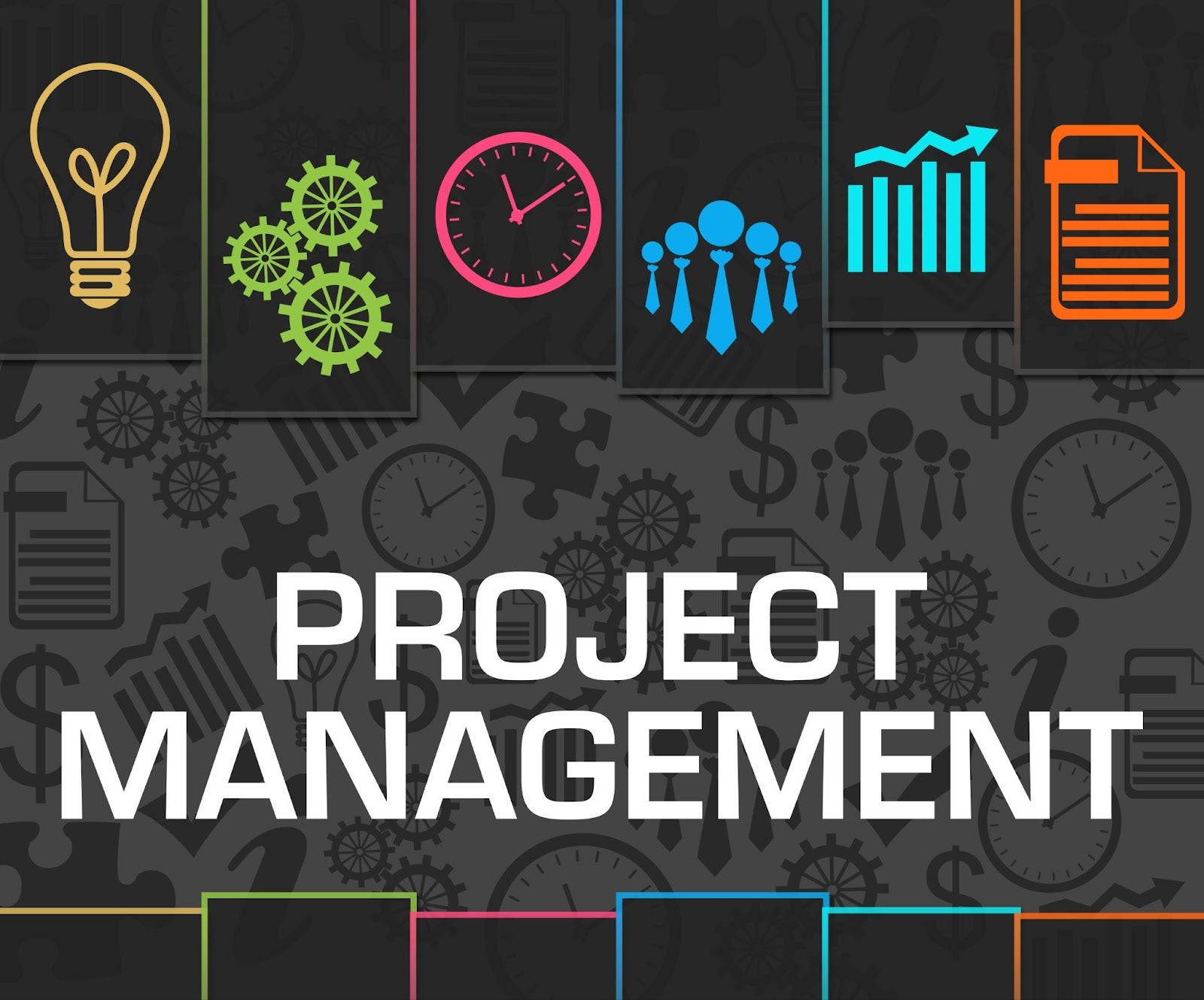One of the biggest tasks of a project manager is to manage the communication flow within the organization. It is important to keep all the stakeholders at the same page and bad communication could break a project or delay the delivery. In this post, I will cover the best practices in stakeholder communication.
- Identify all the stakeholders for each of the tasks in the project. Classify them into two groups, ones who need to be consulted (two-way communication) and ones who need to be just informed (one-way communication). For instance, for the front end UI design task in a website project, the developers who convert the design to code will need to be consulted, while the IT support desk who manage the deployment just needs to be informed.
- Create separate distribution lists for each category of stakeholders. Use different communication strategies for those who are consulted and those who need to be just informed. For instance, don’t send the meeting invites on project discussion for stakeholders who need to just informed. This will save their time and reduce email clutter.
- At the start of the project, inform all the members of the communication channels you will be using (email/IM/SMS) and the frequency of updates you will be sending (weekly summaries, daily snapshots etc).
- Streamline the email communications. Avoid “CC’ing ” all and “Reply-all ” where possible. Send only relevant content including only relevant stakeholders.
- Create a central location to store all your project related information. Send these out to all the stakeholders at the start of the project.
- Create a templated status report that all your project members can easily use. Standardization in status reports would allow you to do further automation and manage the information flow.
- Cut out unnecessary meetings and unnecessary participants. Value the time of your stakeholders. Invite only those participants who are responsible or need to be consulted on a given task.
- Send a clear agenda before each meeting and a clear outcome after each meeting.
- If you running a time-critical project, set up a “hotline ” for use in case of emergencies. For instance, if some of the project members are snowed out and unable to turn for work, they should be able to update their status calling this hotline.
- In important missions, store alternate communication details for each of the important project stakeholders in a central place. If the project manager is in an urgent need to catch hold of any stakeholder, this handy list could be referred.
Read More: What is Project Management? Definition, Types & Examples





